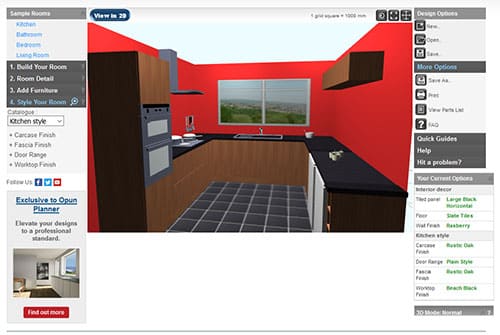
These rep ranges are recommended for most sets with young athletes. 6-10, 8-12, 10-15) offer the benefits of increasing strength, eliciting positive tissue changes, and allow for greater safety than very heavy weights. This allows more repetitions with good form to solidify proficiency at the exercise. Prepubescent athletes should generally use weights that allow for at least 10 reps. In general, it is unnecessary for any middle-school or high school athlete to use weights that cannot be lifted at least 6 times with good form. Very heavy weight (relative to the athlete’s strength) must be used, which can be potentially dangerous because athlete may have a tendency to use improper technique to lift the weight. under 6 reps) will stimulate the nervous system to a greater extent, but actual tissue changes may be more limited. There are, however, some subtle differences between the benefits of each rep range. It is best to choose smaller ranges such as 6-10, 8-12, 10-15, or 15-20.Īs long as your program continually challenges the athlete to perform a greater amount of work, strength gains will be made. While this is a large range, it offers a guideline in which to create smaller rep ranges from. In general, it is recommended that 6-20 reps be performed on each set. While there is great debate of the number of repetitions that should be used in a set, it really should not be confusing. Strength Training for Young Athletes Component #4: How many reps? If the athletes are unable to perform with maximal intensity, it is generally a good idea to complete multiple sets of an exercise. In other words, the set should be taken to the point of momentary muscular fatigue, or no more reps can be performed. If fewer sets are used, each set should be performed with maximum intensity. In most cases, 1-3 sets will be performed for each exercise and 15-20 working sets (not including warm-up sets) will be performed in the entire workout. The number of sets used on an exercise or within a complete workout can vary greatly, but the following guidelines can be used. Strength Training for Young Athletes Component #3: How many sets? When the top of the range is achieved, the weight will be increased at the next workout by the smallest amount possible. During each workout, one more rep should be attempted until the top of the range (10 reps in this case) can be performed.

If more than 10 reps can be performed, the weight is too light. If the athlete is unable to perform at least 6 reps, the weight is too heavy. One of the easiest approaches is called “double progression.” To use this method, start by determining a range of repetitions you are going to use, for example 6-10 reps.

Progress can be made through any of the following: increasing the number of repetitions, increasing the amount of weight, increasing the number of sets, increasing the number of training days per week, decreasing the amount of rest time between sets, or a combination of any of these. When 11 can be performed, 12 should be attempted, and so on. For example, an athlete who can perform a maximum of 10 push-ups today should attempt to perform 11 repetitions at some point. In other words, athletes should systematically attempt to perform more work on a given exercise. In order for any program to be effective, there must be a systematic and progressive overload of the musculature. Strength Training for Young Athletes Component #2: Progressive

In general, an equal amount of work should be done on each side of a joint.Ī strength training program for young athletes should address every major muscle group in the body.ĭeficiencies can be overcome through a strength training program, but it generally takes specialized assessment to determine which muscles are deficient, and that is beyond the scope of this article. baseball pitchers will train the rotator cuff extensively), but all major muscle groups should be addressed. Certain sports will focus more on a particular body part or require specialized work on smaller muscle groups (i.e. Strength Training for Young Athletes Component #1: ComprehensiveĪ strength training program for young athletes should address every major muscle group in the body: chest, upper back, shoulders, biceps, triceps, neck (for collision sports), abdominals, lower back, hips & glutes, quadriceps, hamstrings and calves. In this case, the program is mainly geared toward athletes 12-18 years old.
/Manreviewingdigitalfloorplan-GettyImages-748332921-59e8ee22396e5a00101aaed9.jpg)
Keep in mind that “young athletes” can mean just about anyone under 18 years old. If those components are in place, you are well on your way to helping your athletes reap the benefits of a strength training program for young athletes. The bottom line is that you need to develop a well-rounded, comprehensive program that encourages hard work and progressive overload of the musculature. Strength training program design can get very complicated, but it doesn’t have to be. Strength Training Program For Young Athletes


 0 kommentar(er)
0 kommentar(er)
